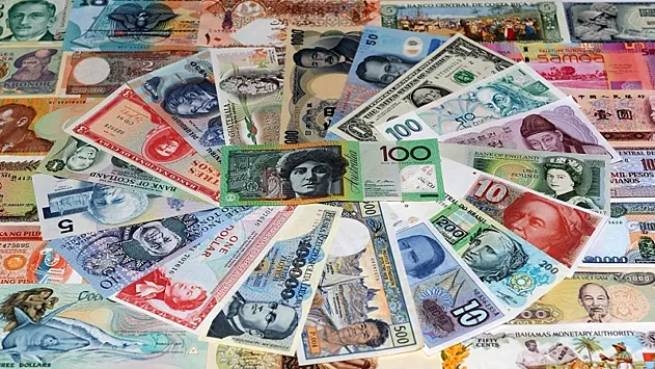In connection with the mass exodus of Russians abroad after the start of the war in Ukraine, the currencies of neighboring countries have risen in price significantly – they confidently took first place in this year’s ratings.
Bloomberg notesthat the currencies of Armenia, Georgia and Tajikistan have become among the best against the US dollar as tens of thousands of Russian citizens have settled in Europe since February, with savings equivalent to billions of dollars. The agency writes:
“Small countries are attractive havens because they don’t need visas, the Russian language is widely spoken and there are no restrictions on moving savings to local banks. This has caused the Armenian dram to rise 22% against the dollar since the beginning of the year, is the biggest increase among currencies worldwide, data compiled by Bloomberg show.
The Georgian lari (by 16%) and the Tajik somoni (by 10%) also strengthened significantly, outpacing the growth of the Russian ruble. The latter is no longer a freely traded currency, as emergency capital controls started its collapse. Natalia Milchakova of Freedom Holding Corp states:
“It is the Russians who move to these countries for long periods of time due to geopolitical issues who keep their money in such currencies and push the exchange rate.”
According to the National Bank of Georgia, the war also explains the five-fold increase in remittances received this year in Georgia from Russia, which is equivalent to more than 60% of all transfers and exceeds $1.75 billion.
In Armenia, remittances reached their highest level since 2004 in the first 10 months, at $2.8 billion, four times the amount in the same period in 2021, the Armenian Central Bank said.
Kazakhstan, with a population of 19 million, has also received Russian investment, but the tenge ends 2022 with a loss of more than 7% against the dollar. Bloomberg explains:
“At the start of the war, the economic recovery was not a given, and Russia’s neighbors were expected to suffer as their biggest trading partner came under international sanctions. In fact, huge capital inflows increased their foreign exchange reserves and improved the current account balance of the balance of payments. Armenia’s economy grew double digits in the second and third quarters, while the Georgian economy posted a nearly 10% growth in three months.”
Natalia Lavrova of BCS Financial Group reports, citing balance of payments data, that remittances in Tajikistan grew by at least 50% in the first half of the year. This has enabled the landlocked country’s economy to grow by 7% this year (compared to previous forecasts of 4-5%).
The Central Bank of Armenia raised its GDP growth forecast from 4.9% to 13% due to the influx of Russians. And the annual forecast for Georgia’s economic growth was raised by the International Monetary Fund to 10%, pointing to “a surge in immigration and financial inflows caused by the war.”







More Stories
American billionaires want a Greek passport
Real estate: deals worth 2 billion euros in 2023 – the main characters
Real estate: what foreigners buy in Greece